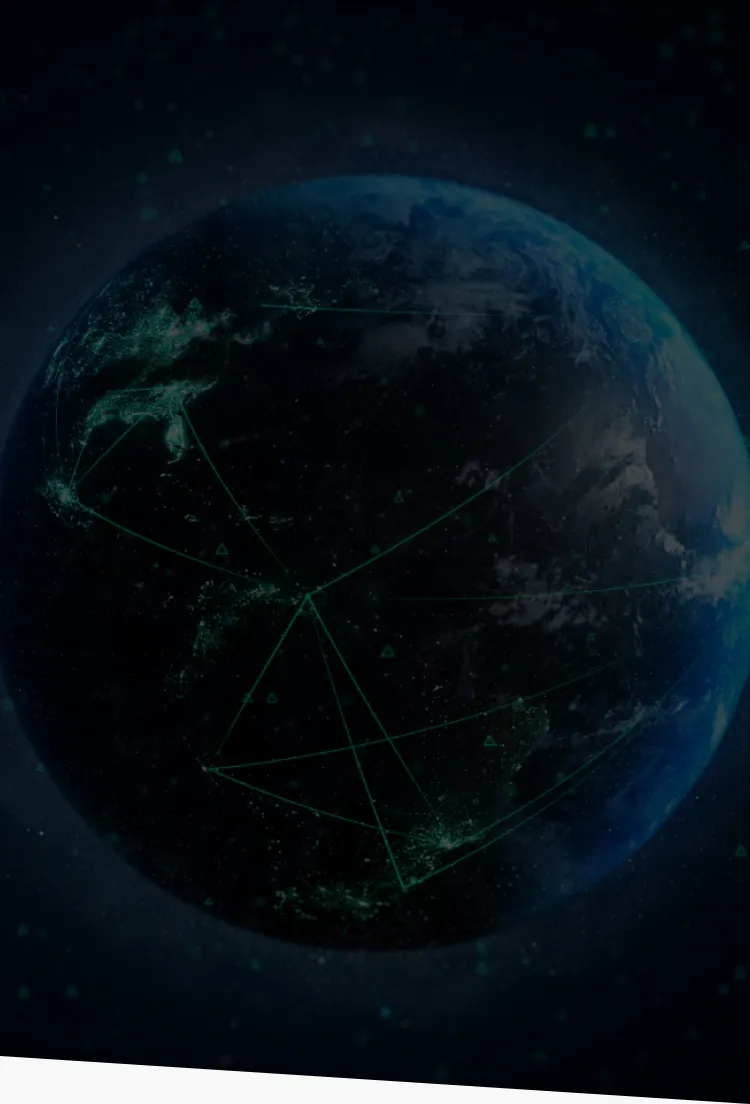
Verisign enables the world to connect online with reliability and confidence, anytime, anywhere.
Explore What We Do
A Leader in Internet Infrastructure and Domain Name Registry Services

DNS Security, Stability, and Resiliency
Our unique, proprietary DNS registration and resolution infrastructure is purpose-built for dependability in an ever-increasing cyberthreat environment.
DNS Root Zone Maintainer
Under an agreement with ICANN, we maintain a core element of the global Domain Name System.

Committed to Meaningful Community Engagement
Through our Verisign Cares program, we seek to strengthen our communities through giving and volunteerism; promote internet safety; and support organizations delivering meaningful societal impact.
Learn More About Verisign Cares

Million
Domain name registrations the internet had at the end of the third quarter of 2025.
Read the Report
Join Our Team and Be a Steward of the Internet
Find Your Role




